Table Of Contents
- What to Look for in a Shotgun
- What to Look for in The Best Shotgun Ammo
- What Does Gauge In Shotgun Mean?
- What Does Shot Mean in Shotgun Ammo?
- Is Birdshot Shotgun Ammo Good for Home Defense?
- Is Buckshot Shotgun Ammo for Home Defense?
- Shotgun Ammo Shell and Shot Options
- Best Shotgun Ammo Brands – BirdShot:
- SHOTGUN AMMO OPTIONS FOR BUCKSHOT
- Best Shotgun Ammo Brands – Buckshot
- Shotgun Ammo OPTIONS – SLUGS
- Best Shotgun Ammo Brands – Slugs
- Best Shotgun Ammo for Self Defense – Conclusion
- Recommended Reading
When law enforcement storms an enclosed area or building, better believe that one of the officers is carrying a shotgun. Capable of blasting assailants at close range, no weapon is more feared than the shotgun. If you are looking for a weapon to strike fear into the hearts of a home intruder, the shotgun is an ideal choice. The best shotgun ammo is equally important.
However, you have many different choices when it comes to shotgun ammunition. In the following article, we will look at some of the best choices for shotgun ammo, helping you find the round best suited to your situation.
What to Look for in a Shotgun
Shotguns, alongside handguns, are among the best options for home defense.
When considering a shotgun for home defense, keep in mind the limits of the length of the barrel, as well as the kickback. When shooting at close-quarters, you don’t need to be overzealous.
First, you need to choose the right home defense shotgun. Typically, when people talk about personal defense guns they are referring to a tactical shotgun.
Generally speaking, you are looking for a shotgun that’s easy to maneuver, as you will be using the weapon at close range. The police and the military use many different models designed for such situations.
Remember, you aren’t shooting at a long distance, so you can afford a shorter barrel. Just make sure that the barrel abides within federal and statutory regulations.
What to Look for in The Best Shotgun Ammo
There are three main types of shotgun ammunition. Before discussing them, let’s quickly go over some important shotgun terminology. Shotgun ammunition differs according to the following terms:
What Does Gauge In Shotgun Mean?
Gauge is a unit of measurement used to describe the internal diameter of a shotgun barrel. It is expressed as the number of lead balls of a diameter equal to the width of the barrel that are required to make one pound in weight. For example, a 12-gauge shotgun has an internal diameter of .729 inches, and 12 lead balls of that size would weigh one pound.
The gauge of the shotgun measures the inside diameter of the barrel. For a shotgun shell, you would think that diameter would be a measurement of length, gauge is actually a measurement of weight. It refers to the weight of the shell itself.
This term comes from the way that cannons were measured according to the weight of the cannon ball that would fit into the barrel. A twelve-gauge shotgun will fit a round that weighs one-twelfth of a pound.
https://en.wikipedia.org/wiki/Gauge_(bore_diameter)
What Does Shot Mean in Shotgun Ammo?
Shot refers to the small metal pellets contained within a shotgun shell or cartridge. When fired, the pellets spread out, creating a wider pattern of damage.
These pellets are numbered according to the size of the pellet. Birdshot is the smallest, buckshot the largest. They are measured in terms of their diameter.
BIRDSHOT AMMO
When you look at Birdshot it will have smaller pellets that will make a much larger spread.
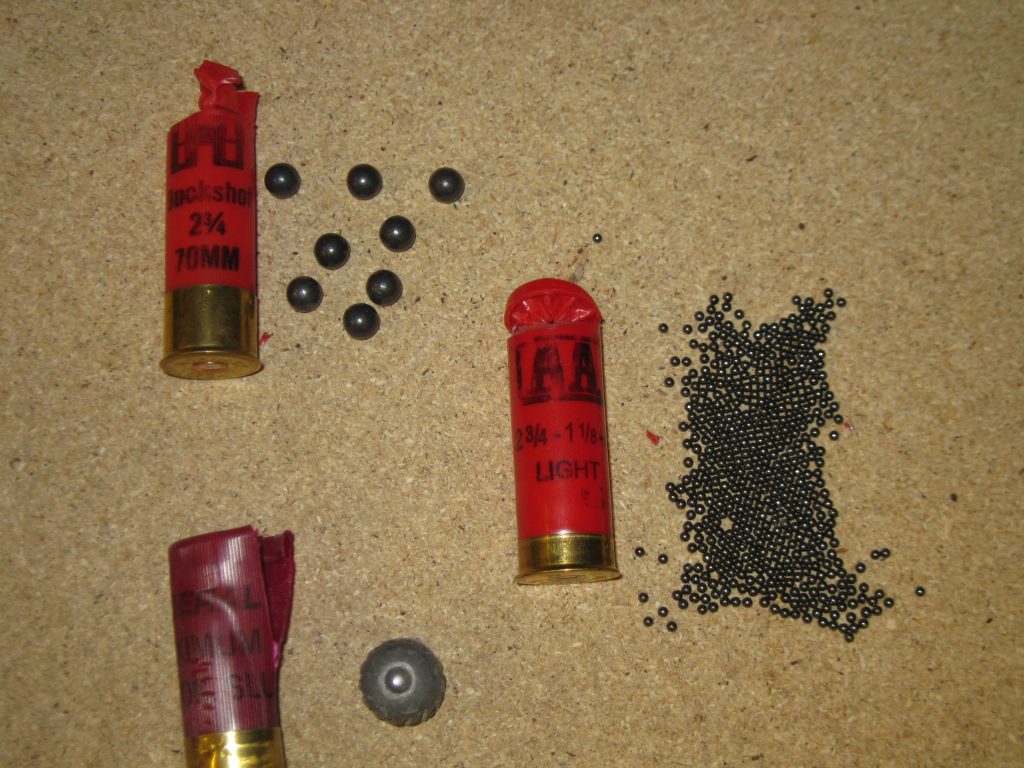
Is Birdshot Shotgun Ammo Good for Home Defense?
Birdshot shotgun ammo is not recommended for home defense. But it is the most recommended for home defense shotgun ammo. Birdshot is designed to be used for hunting birds and small game and is not effective enough to be used for home defense.
It is generally too light and lacks enough stopping power to be effective against human targets but will cause less collateral home damage and less death from being shot. Don’t get me wrong, can still use buckshot or slugs if you are looking for a shotgun round for home defense.
As you can see from the ballistic gel example, birdshot doesn’t penetrate very deep. This means that you will not have the lethality needed to stop an attacker. If you are more concerned with disrupting an intruder or scaring away an ex-boyfriend, you might prefer birdshot. However, this doesn’t mean that birdshot is non-lethal.
It can often mortally wound an attacker. However, birdshot lacks the penetrating power you need to put a stop to an attacker (as evidenced by the ballistic gel), making it an inferior choice for killing power.
Birdshot also has the advantage of being the cheapest shotgun ammo as well. So the next time you hit the range to blow up some pop cans or tannerite, target birdshot loads will be the way to go.
What is BUCKSHOT Ammo?
Buckshot is a type of shotgun ammunition that is made up of several small metal pellets or “shot.” It is typically used for hunting and self-defense, and is available in a variety of sizes, ranging from #4 (the smallest) to #000 (the largest).
Buckshot is generally more powerful than birdshot, which is another type of shotgun ammunition.
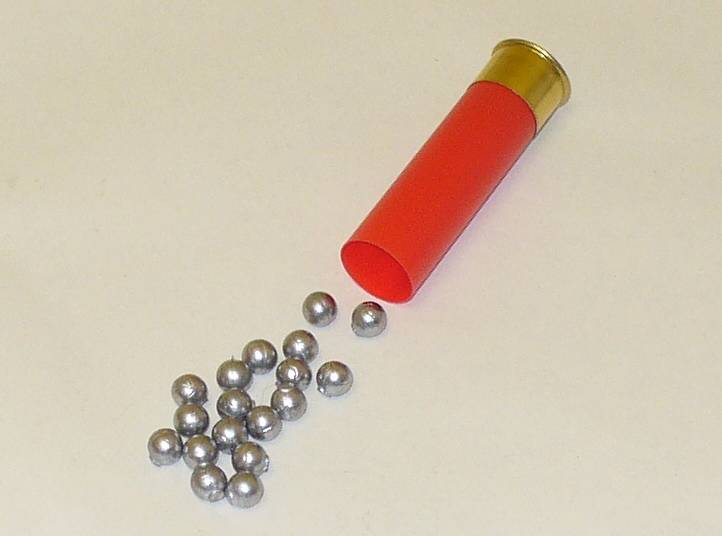
Is Buckshot Shotgun Ammo for Home Defense?
Buckshot shotgun ammo is not typically recommended for home defense. It is much more likely to cause severe damage and over-penetration of walls than other types of ammunition. Other types of ammunition such as slugs, birdshot, and defensive rounds such as buckshot alternatives are generally preferred.
Most people arming themselves for home defense prefer lethality. If you are looking to kill an intruder immediately, buckshot will deliver the coup de grâce. A 00 buckshot round has eight or nine pellets. Each pellet is about eight and a half millimeters wide.
Any of these pellets will cause significant damage or injury, mortally wounding any intruder in almost every case. Such pellets are custom tailored for self-defense, as well as hunting larger animals, packing your shotgun with the punch it needs to deliver a killing blow.
Although birdshot works well for hunting, it lacks the instant lethality necessary for home defense.
Despite the lack of lethality, the fact that birdshot can often mortally wound an intruder also makes it less ideal for people looking to inflict non-lethal damage, such as officers looking to slow a suspect or those whose moral principles prohibit them from taking a life. Non-lethal damage is best inflicted with rubber pellets.
Shotgun SLUGS
A shotgun slug carries a large hunk of metal, rather than pellets. Police typically switch to slugs when firing at a further range. Here’s a picture of a slug:
As you can see, the round contains a large hunk of metal. The metal is grooved to give you a rifling effect for increased accuracy.
This is the best shotgun ammo for distance shooting. While not a bad idea to use as an option, if you are dealing with an intruder, typically you are dealing with him or her at close range. If a person is far enough away that you would need to use a slug, they are far enough away not to pose a threat, so you shouldn’t be shooting at them anyways.
Shotgun Ammo Shell and Shot Options
Birdshot works better for target shooting than home defense. Birdshot is probably only viable for when you want to avoid damaging your walls or neighbors when firing in your apartment. Let’s look at some of the different options:
#8 BIRDSHOT:
These rounds penetrate less than five inches into ballistics gel.
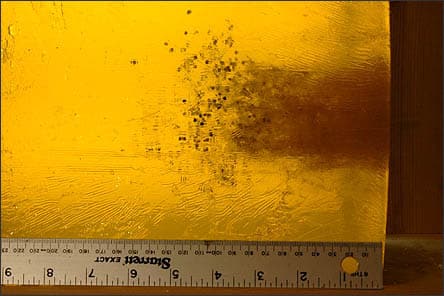
#4 BIRDSHOT:
These rounds tend to make it up to about seven inches into the gel, making it much less than ideal.
 #2 BIRDSHOT:
#2 BIRDSHOT:
These make it slightly past ten inches, giving it a much better improvement over #8, but still not quite the punch necessary.
These will definitely stop an intruder, but not enough to prevent him or her from squeezing off a few additional rounds.
Best Shotgun Ammo Brands – BirdShot:
Here are few of our favorites when it comes to the best birdshot shotgun ammo.
| Product Name | Where to Buy | |
|---|---|---|
 | Fiocchi – #8 2-3/4″ | |
 | Winchester Fast Dove – 12 Gauge – #8 Shot |
Fiocchi – #8 2-3/4″
Winchester Fast Dove – 12 Gauge – #8 Shot
SHOTGUN AMMO OPTIONS FOR BUCKSHOT
Buckshot delivers the blow you need to stop an intruder. Just remember never to point your gun at someone unless you intend to pull the trigger. Buckshot is extremely lethal, and not to be used lightly.
#4 BUCKSHOT
A round of #4 buckshot delivers over fourteen inches of penetration into the ballistics gel.
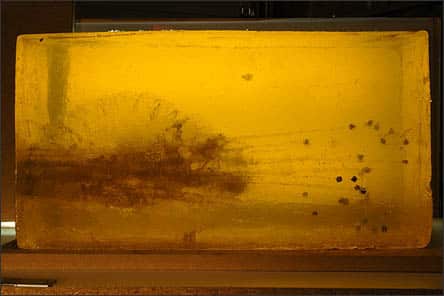
#1 BUCKSHOT
A number one buckshot round will deliver a much bigger punch, sending pellets as far as sixteen inches into a ballistics gel pack:
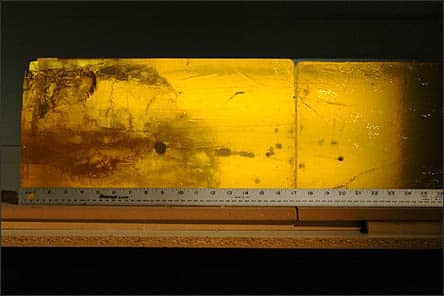
00 BUCKSHOT
The 00 buckshot is used by most law enforcement agencies. It gives you what you need for guaranteed lethality, making it highly recommended for home use. On average, 00 buckshot will penetrate twenty inches of ballistics gel.

Best Shotgun Ammo Brands – Buckshot
Federal Vital-Shok and Federal Power Shok are two great options to consider for shooting around thin walls.
| Product Name | Where to Buy | |
|---|---|---|
 | Federal Vital-Shok – 12 ga – 2-3/4″ 00 Buck | |
 | Federal Power Shok – 12GA – 00Buck | |
 | Sellier & Bellot – #1 Buckshot |
Federal Vital-Shok – 12 ga – 2-3/4″ 00 Buck
When looking at the two Federal options, it’s all about recoil. If you want a little less recoil go with the Power Shok.
Federal Power Shok – 12GA – 00Buck
Our favorite when it comes to the best shotgun ammo buckshot #1
Sellier & Bellot – #1 Buckshot
Shotgun Ammo OPTIONS – SLUGS
A slug will give you twenty-seven degrees of penetration.
What is a Shotgun Slug?
A shotgun slug is a heavy, typically lead, projectile that is usually fired from a shotgun. Unlike traditional shotgun shells, which contain multiple small pellets, shotgun slugs are one solid piece of lead or other material. They are generally more accurate than traditional pellets and are primarily used for hunting larger game and for self-defense.
Nevertheless, we don’t recommend slugs for shooting at close range. Especially indoors to keep from penetrating walls.
Are Shotgun Slugs good for Home Defense?
No, shotgun slugs are not generally recommended for home defense. The size and power of the slug means that it can travel through walls and potentially injure or kill people in other rooms of the house. Additionally, the recoil from the shotgun can be difficult for some people to manage. Instead, it’s usually recommended to use buckshot or birdshot for home defense.
Best Shotgun Ammo Brands – Slugs
Here are few of our favorite Shotgun Ammo Slugs
| Product Name | Where to Buy | |
|---|---|---|
 | Federal Power-Shok 12 Gauge – HP Rifled Slug | |
 | Winchester Super-X – 12 Gauge 1 oz. Rifled Slug | |
 | Fiocchi Exacta Aero 12 Gauge – Low Recoil Rifled Slug |
Federal Power-Shok 12 Gauge – HP Rifled Slug
Winchester Super-X – 12 Gauge 1 oz. Rifled Slug
Fiocchi Exacta Aero 12 Gauge – Low Recoil Rifled Slug
Best Shotgun Ammo for Self Defense – Conclusion
We hope that we have helped you understand the basics of shotgun ammunition, helping you learn to make the right choice for home defense.
To quickly recapitulate the results, we looked at the different kinds of birdshot, buckshot, and slugs.
We suggested that buckshot is the superior choice for a tactical situation, as slugs are designed for close range while birdshot is designed for less lethality.
That’s why we recommend using buckshot, especially in the 00 range, for a tactical situation.
Did we miss any important ammo types for shotguns? Drop a note in the comments and let us know!



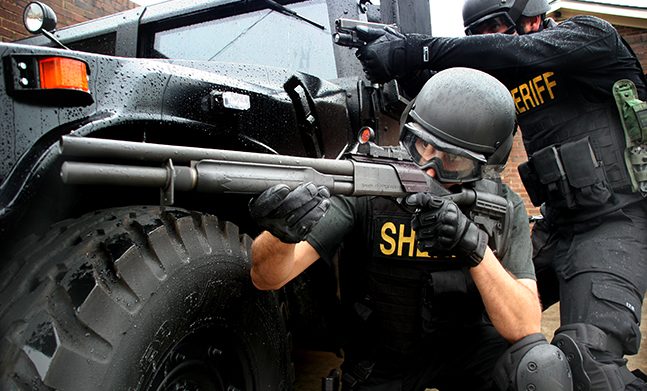

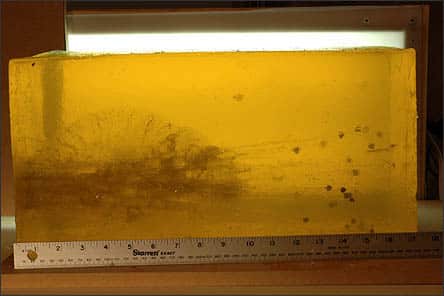
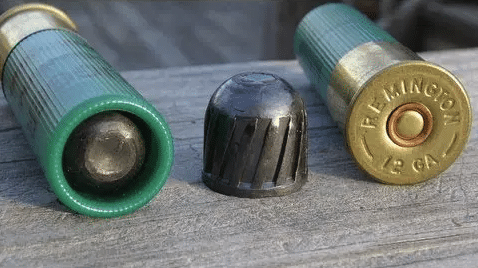
 #2 BIRDSHOT:
#2 BIRDSHOT: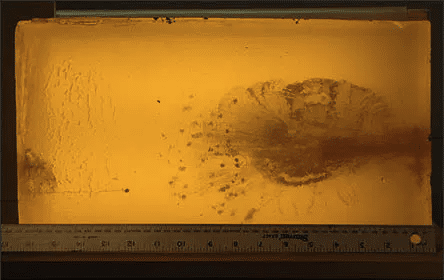
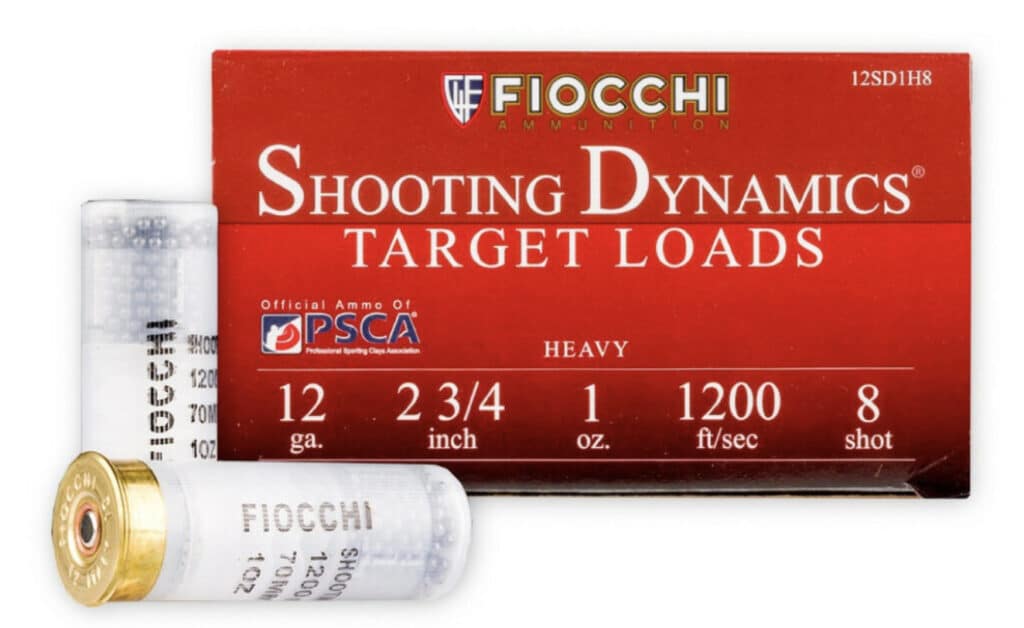
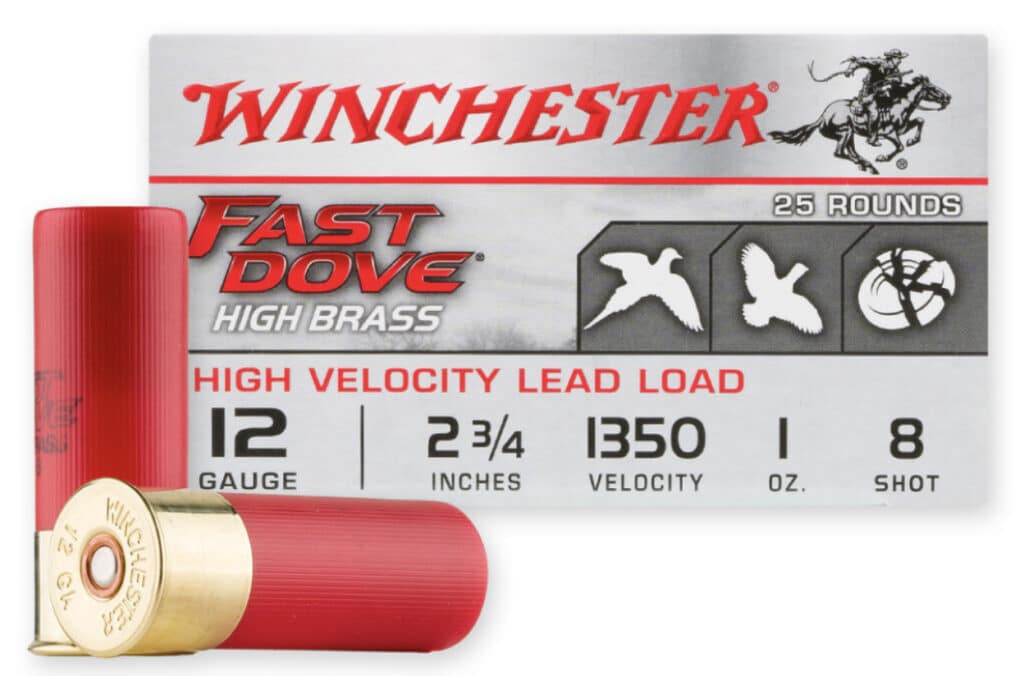
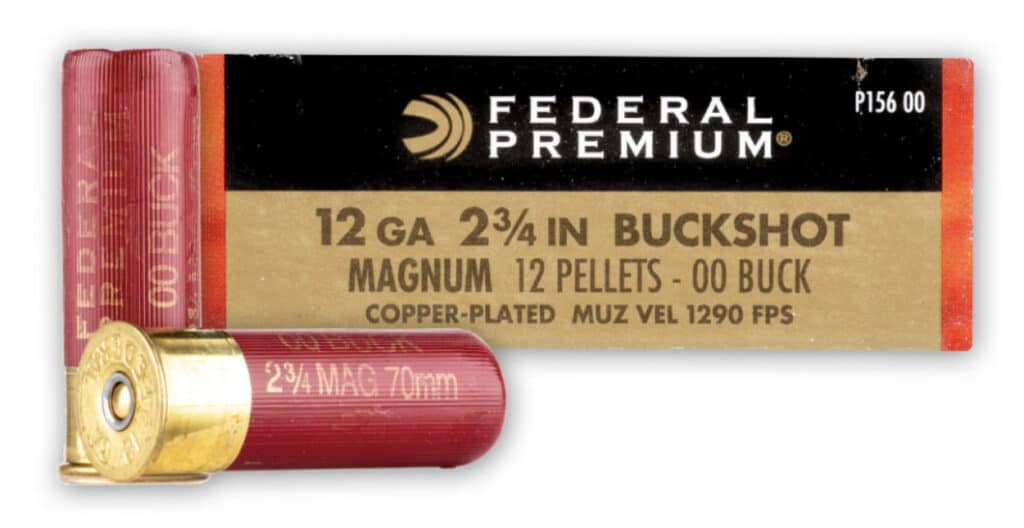
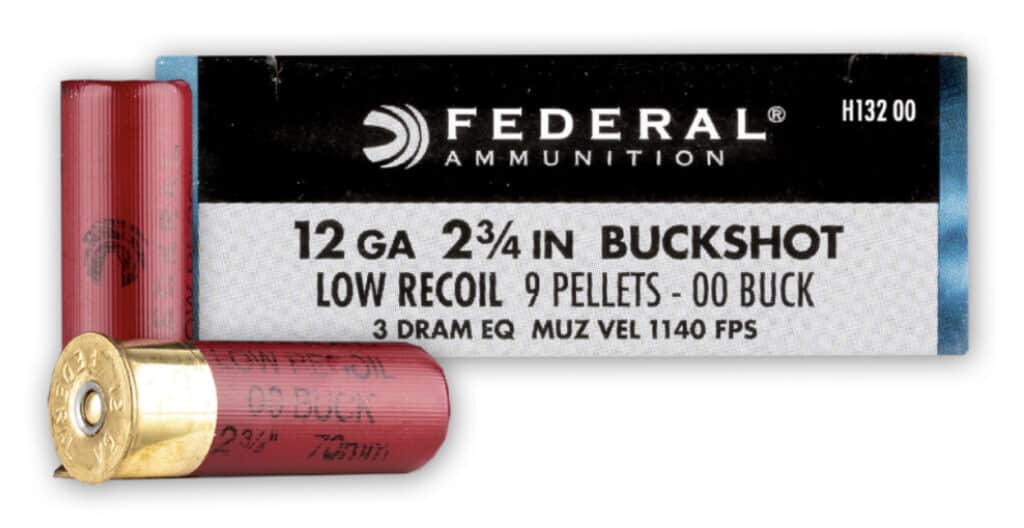
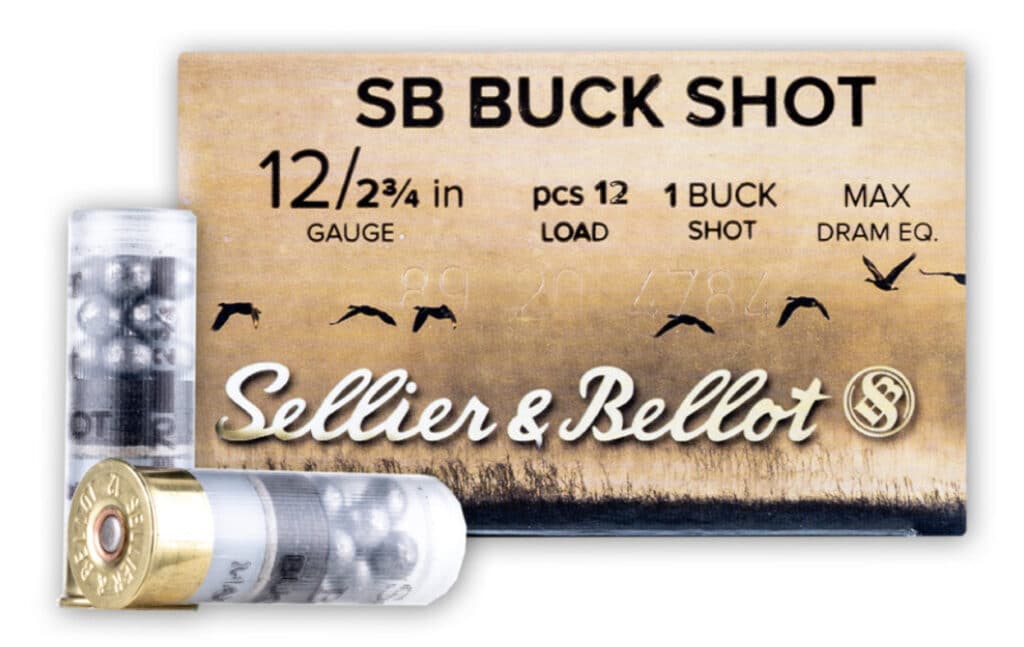
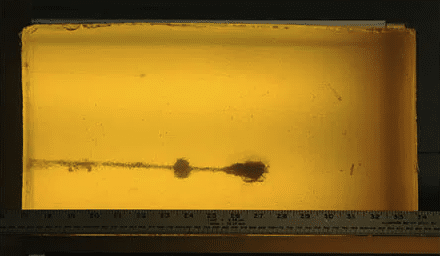
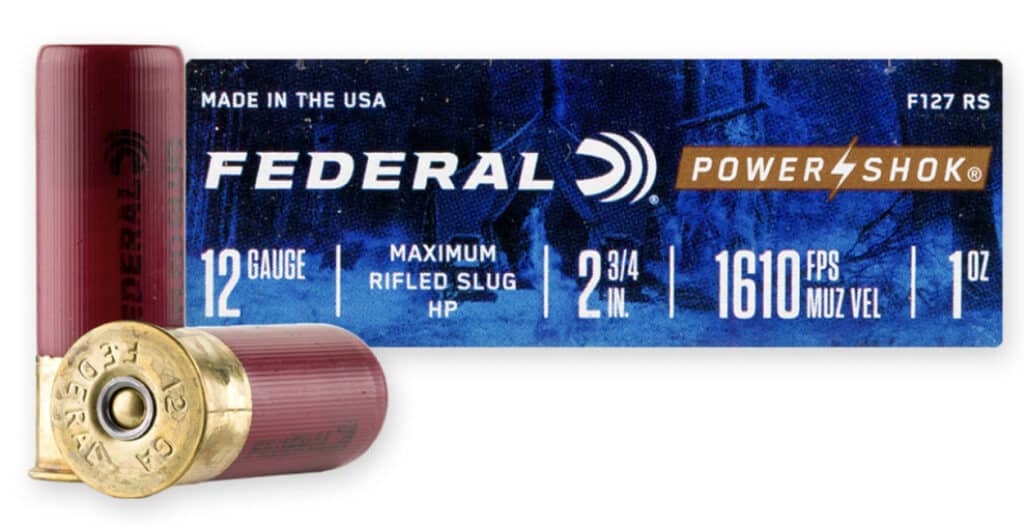
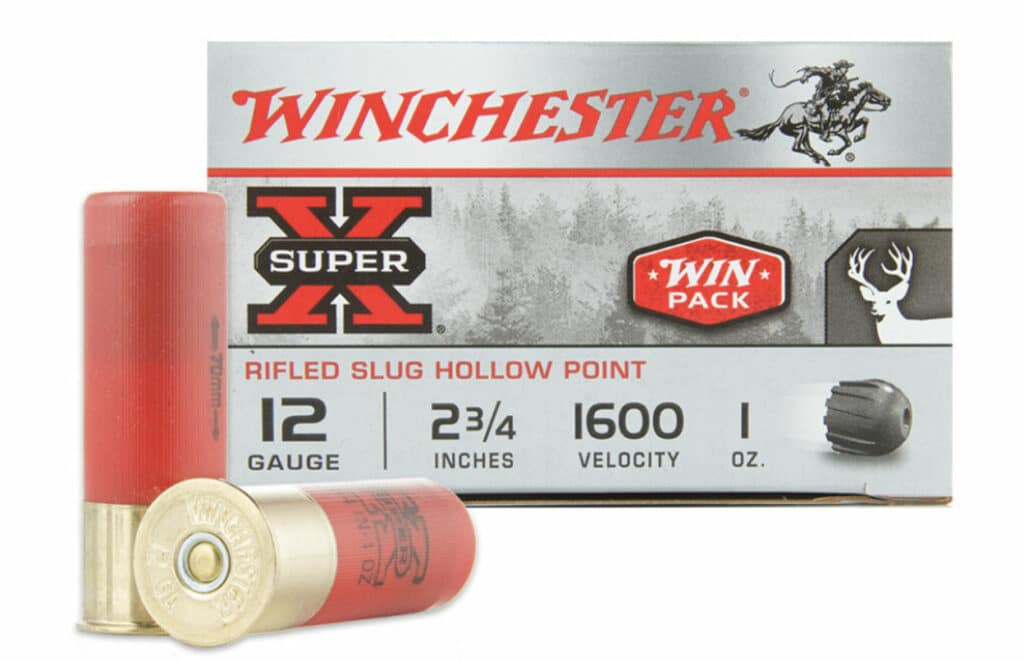
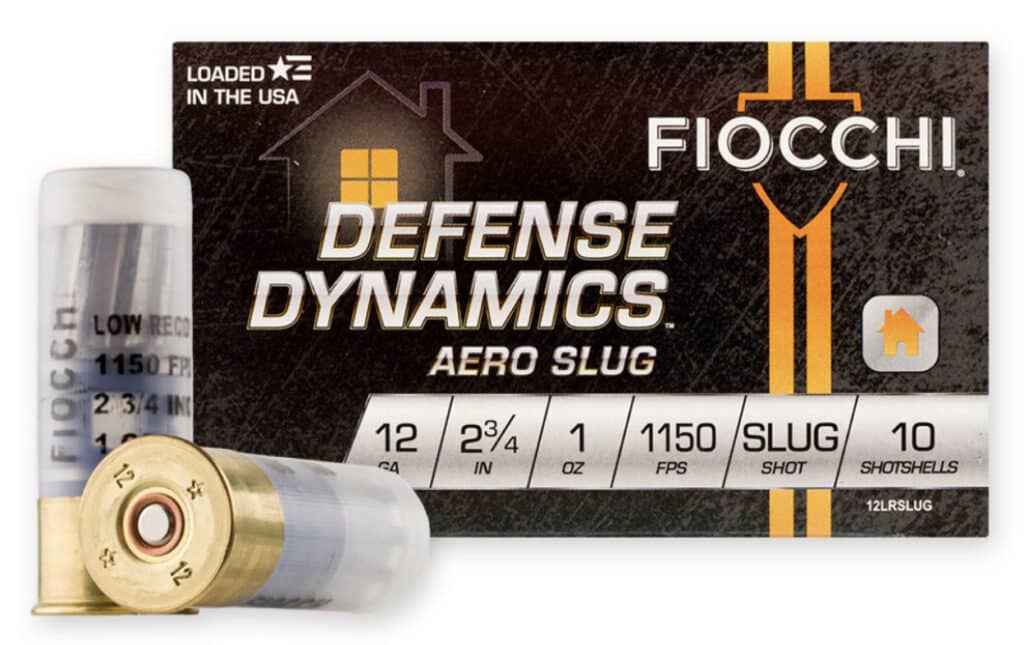










4 Responses
Picked up a brick(4 boxes) of bb 3” federal speed Shok at the local Walmart.1450fps and put all 60-70 pellets inside the black(8inches)@ 25 yards.stuff was only $40.wish I could find more.good all around load.it is steel but all the better,waterfowl legal.dont have ballistic gel but there wasn’t much left of that 3/4 plywood.shot it out of my black aces bullpup with the full choke in.it cycled well in that gun and my trusty old mossberg 500 with full choke.mossberg pattern was even tighter
Wow! I just recently obtained a Mossberg 12 guage for home defense. Asked for advice from my father in law about ammo and he suggested reading up on the different types of shells. This article is exactly what I needed. You broke this down and I now know what to buy. Excellent article.
I am considering a new shotgun for home defense and hunting. I am wondering what good reduced recoil loads exist for 12 guage?
buckshot produces tight patterns at close range (10 yards and in)
it acts much like a pre-fragmented slug and must be aimed
foster type slugs at close range tend to fragment and and typically fail to perforate a target (over penetrate)
the slug allows for controlled placement (advantage)
buckshot can produce flyers that fail to make contact with the intended target, creating risk downrange ( there is a price tag for everything you throw downrange)
slugs are almost a perfect close range stopper, extremely affective
buckshot might work better on moving targets, but throw unaccounted for shot downrange
no free lunch…..